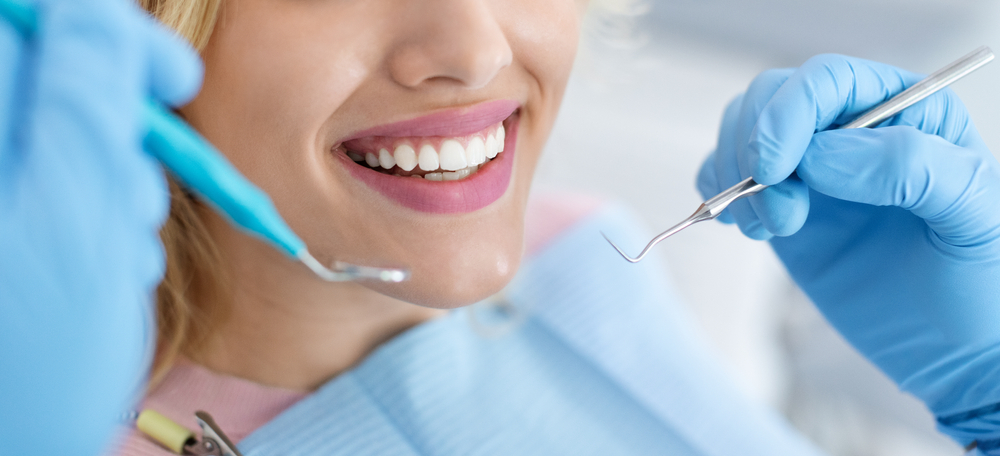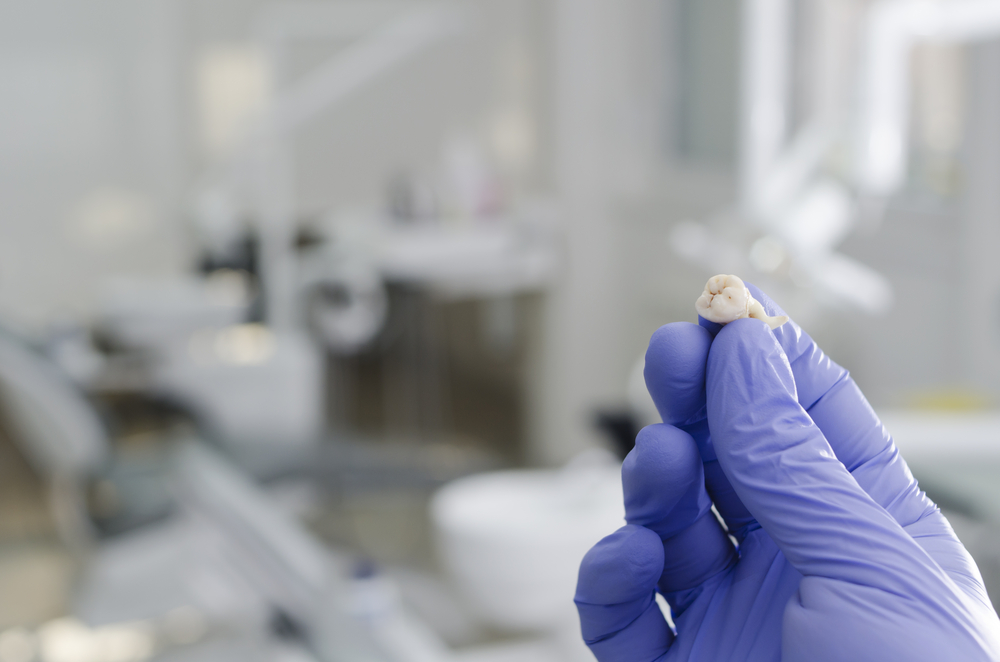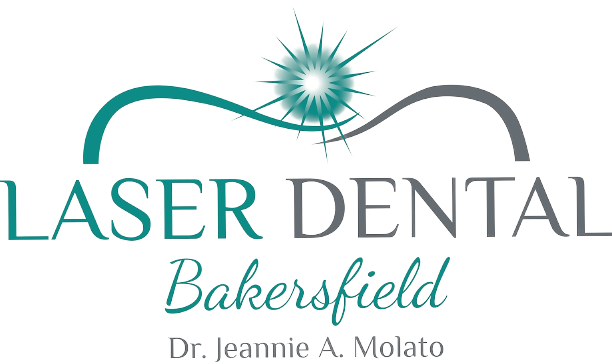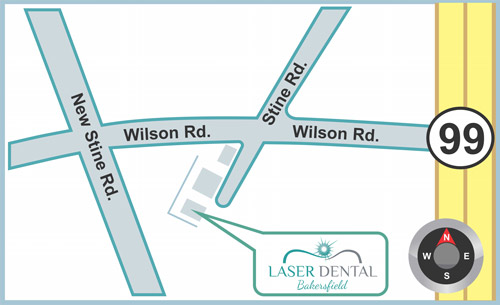Many people in the United States can benefit from receiving orthodontic treatment. Many problems come with malocclusion or misaligned teeth. Malocclusion can lead to uneven wear and tear on your teeth. The extra stress on your temporomandibular joint can lead to joint pain or lasting issues with joint function. Misaligned teeth also provide additional nooks and crannies for food debris, bacteria, and biofilms like the plaque to form. Orthodontic treatment isn’t painful for most patients. However, some do report some soreness or sensitivity for the two weeks after getting their appliance.
How To Manage Post-Orthodontic Treatment Pain
The most common reason patients experience post-orthodontic treatment pain is due to swelling and inflammation of the gums. This is caused as the tissues, and oral structures begin to shift in response to pressure applied by the appliance. Those fitted with traditional braces may experience irritation of the cheek tissue due to the archwires. While dental wax can prevent this moving forward, it can still produce some irritation in the beginning. There are some simple approaches to managing post-orthodontic treatment pain.
- NSAIDs – This is a family of medicines known as Non-Steroidal Anti-Inflammatories. You’ve likely taken these before in the form of ibuprofen or other over-the-counter medications. As their name implies, they are used explicitly for addressing inflammation and swelling. These symptoms are often the underlying cause of orthodontic discomfort, so easing them can eliminate the pain.
- Analgesics – This family of painkillers works by reducing the body’s ability to perceive pain in a normal way. They’re a fairly popular and trusted form of over-the-counter medication. They’re frequently used for treating discomfort from headaches and minor aches and pains.
- Cold Therapy – Temperature therapy is a well-known way of addressing soreness. Cold is quite effective for reducing swelling and inflammation. However, you must be careful only to apply it for under 15 minutes at a time. Applying cold by drinking cold beverages, eating cold foods, or sucking on ice is often helpful with oral swelling. You can also apply a cold compress externally over the site of the discomfort.
- Dietary Restrictions – Numerous foods can make your orthodontic treatment unpleasant, particularly at first. Chewy foods can pull on the wires and appliances, irritating the tissues further. Crunchy foods can scrape against the gums, causing potential damage or just scraping the sensitive tissues. It’s best to stick to softer foods during your treatment.
These approaches often prove successful in treating mild discomfort following orthodontic care.
What To Do If Your Orthodontic Pain Persists
While some discomfort is common following your orthodontic treatment, it should be short-lived. If your symptoms persist after 14 days, reach out to your dentist. These symptoms can be indications of something going awry with your orthodontic treatment. They’ll call you in for a special consultation to determine if action is needed. In most cases, the above methods of controlling discomfort will get you through those first two weeks. After that, it should be smooth sailing.









